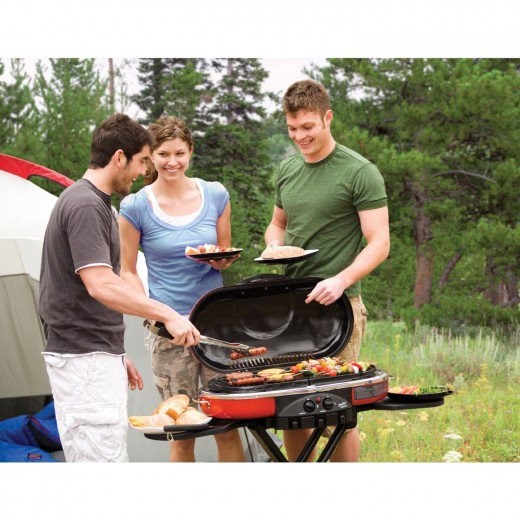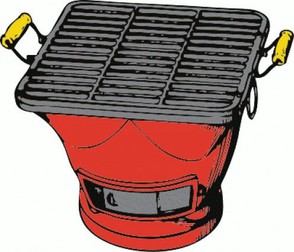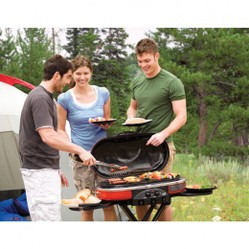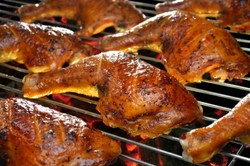It's summertime, and the summer just isn't right without the barbecue. While some people (my self included) prefer wood and charcoal grills, the gas (natural gas or propane) grills certainly have their practical advantages. With classic grill you get a nice, smoke-tasted stakes, but they require a lot of preparation. You need to find a wood or prepare a charcoal, start a fire, and then wait for some time until it is ready and you can put the meat on. While some people enjoy this period and spend it enjoying cold beer, others may not be that patient. And when it comes to cleaning, I am sure that all of us are equally frustrated. You need to get rid of ashes, clean the fire area, and then the grill itself.
On the other hand, gas based grills are much faster to start and easier to clean. All you need to do is open the valve, make a spark (most often press the button) and you are ready to go in minutes.
You can control the gas flow in order to maintain the right temperature, and thus easier prepare some meals that require longer, slower cooking. And when you are done, the cleaning... What cleaning? Just wash the grate...
The gas grills are often smaller, also, so more “portable”, if that could be said for a grill.








 Brick or No Brick - Protect Your Car With Cheap Car Tent Garageon 11/24/2018
Brick or No Brick - Protect Your Car With Cheap Car Tent Garageon 11/24/2018
 Elementary OS - The Most Beautiful Windows Alternative From Opensource Worldon 11/24/2018
Elementary OS - The Most Beautiful Windows Alternative From Opensource Worldon 11/24/2018
 How to format USB drive using only Command Prompt - Quick guideon 08/13/2016
How to format USB drive using only Command Prompt - Quick guideon 08/13/2016



Comments